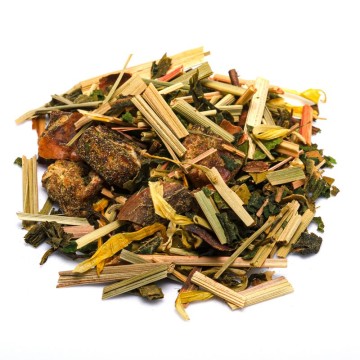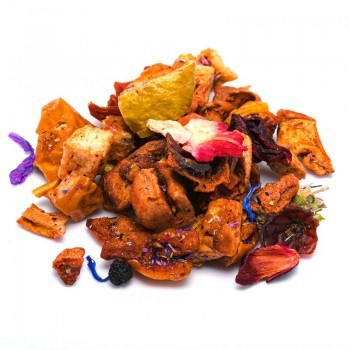A lemongrass infusion provides a fresh, citrusy flavor, and has a unique profile reminiscent of lemon and mint – without the bitter edge of lemon. Light and slightly acidic, the taste is ideal after meals to aid digestion after larger meals. The intense aroma of lemongrass, known as lemongrass in the English language, is known to freshen the air and its flavor also cools the palate on the hottest days. Many parts of the plant are used in herbal medicine, in particular the leaves and top.
Lemongrass - Lemongrass: properties and benefits
Lemongrass is a plant historically used as a popular remedy to aid sleep and digestion, and even today these actions are highly appreciated in herbal medicine.
An infusion of lemongrass has a digestive function that helps in the case of problems during slow or difficult intestinal transit. Lemongrass leaves contain essential oil that can soothe the acidity of the stomach and protect it if stomach disorders are present. It stimulates intestinal function and proves to be a natural remedy in case of indigestion and nausea. Again linking digestive and intestinal benefits, lemongrass infusion is known to counteract PMS symptoms related to menstrual cramps and bloating.
It is useful for counteracting states of irritation with its purifying and soothing abilities which naturally combat inflammation.
As a detox infusion, lemongrass can act as a diuretic by promoting the elimination of uric acids and excess fluids from the body. A purifying diuretic action useful against swelling due to lymphatic congestion, which also helps regulate blood pressure.
Lemongrass or lemongrass helps relaxation and mental well-being, against stress and nervous states. Improves good mood and helps calm the muscles and nervous system - naturally promotes sleep as an evening herbal tea.
Furthermore, in most versions of lemongrass there is a compound which in phytotherapy is able to facilitate the regularity of the sweating process. It can be a resource during the hot period to expel toxins and rebalance excessive sweating. The plant has antioxidant properties, which support our body against free radicals – the cause of aging and cellular damage.
Origins and history of cultivation
Lemongrass is a plant known for centuries in its territory of origin, South Asia and South-East Asian countries. As there are several species of this plant, some have been identified in Sri Lanka and southern India, while the point of origin of the best known, Cymbopogon citratus, appears to be Malaysia. It was also known in Europe since ancient times; its name, in fact, derives from the Greek and the word "pogon" which means beard, since it referred to the appearance of the inflorescences. It is a plant that loves the original warm and humid climate, and has been present in the Philippines since the eighteenth century. It was introduced in the twentieth century in Florida and Haiti, and cultivated intensively on a large scale in various territories. Today, the main producers include the tropical areas of America and Asia (India, China, Malaysia, Thailand, Vietnam and Guatemala).
Lemongrass plants are cultivated mainly to obtain leaves and tops: they are mowed to the base every 3-4 months, to then be subjected to distillation. In this way the essential oil is obtained. Alternatively, leaves and tops are dried for food use. In fact, lemongrass is a common ingredient in Thai and Vietnamese cuisine – it is pulverized in mortars and combined with garlic, lime and other herbs. Increasingly widespread in the West, it is used for infusions and herbal teas using dried lemongrass leaves. Also in Traditional Chinese Medicine and Indian Ayurveda, lemongrass is used to relieve gastric problems, against fever and rheumatic pain.
In aromatherapy it is used as a toning and energizing element - against stress. Cosmetics use lemongrass as an ingredient for its purifying and astringent action on oily skin and hair; as well as useful as a deodorant.
Lemongrass essential oil is diluted in creams, vegetable oils, detergents and lotions. Furthermore, it is a useful oil in the diffuser for the environment, in order to ward off insects (it is unpleasant for mosquitoes) - for this function it is also used in candles and mosquito traps. The oil is widely used, therefore, but requires large crops: to obtain 1kg of essential oil require over 100 kg of fresh leaves. Characteristics of the plant Lemongrass derives from the plant of the Cymbopogon genus, of the Poaceae family. This plant is present in different versions, all used to obtain lemongrass or lemongrass. They are mainly known in the Cymbopogon Citratus and Cymbopogon Nardus Rendl varieties, but also have phytotherapeutic properties: Cymbopogon Flexuosus; Cymbopogon Laniger; Cymbopogon Martini Wats; Cymbopogon Schoenanthus and Cymbopogon Winterlanus.
It is a cross between a scented geranium and lemongrass, and is a perennial, tropical herbaceous plant. It has a bushy shape, with rigid and erect stems, very long grey-green leaves and a citrus scent. It grows from a rhizome, or bulb, to about 2 meters - although it is usually found 60 to 120 cm tall. F, Lemongrass rarely flowers, requires bright sunlight, moist soil and excellent drainage. In colder areas it can be grown indoors and in a greenhouse, as long as it receives plenty of sun.
Nutritional values of lemongrass or lemongrass
The active ingredients are antioxidants such as chlorogenic acid and citral (geranial and neral), as well as compounds such as mycenae, geraniol, linalool and citronellol. These are bioactive components with various properties, which combine with other perfumed components. Lemongrass also contains essential minerals (potassium, magnesium, etc.) and vitamins (group B)
How to use the ingredients in the infusion
The infusion is obtained by placing approximately 3-5 grams of lemongrass in a cup (250 ml), with water at a temperature of 100 °C.
Leave to infuse for 8 to 10 minutes before drinking. Add honey or sugar, if desired.
Lemongrass for infusion: side effects and contraindications
Although it brings various benefits, to avoid unwanted effects it is necessary to respect the recommended doses of lemongrass and not exceed the consumption of the infusion. Excessive intake may cause headache, dizziness, increased urination, dry mouth, drowsiness. Furthermore, some people may experience allergic reactions such as itching, swelling or burning of the oral cavity - in this case contact your doctor. Caution is advised for pregnant or breastfeeding women, and for those taking diuretic drugs.









 No reward points for this product.
No reward points for this product.
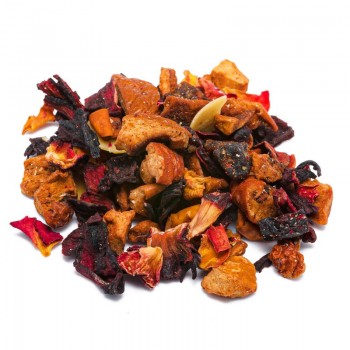
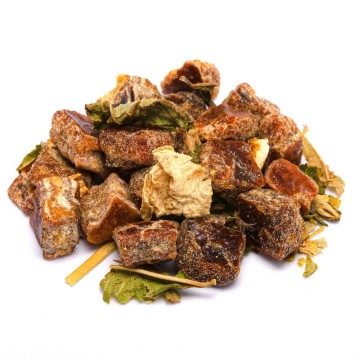
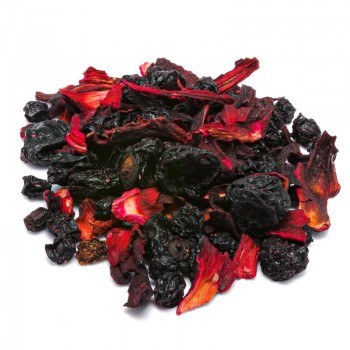
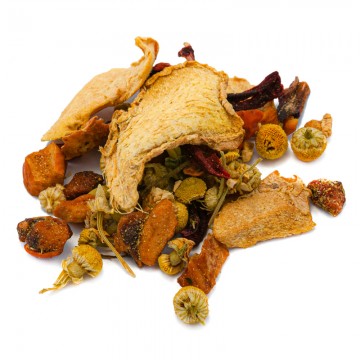
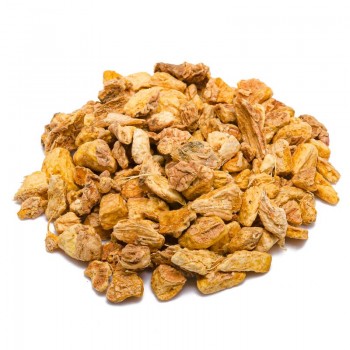
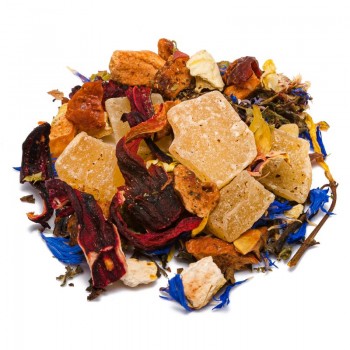
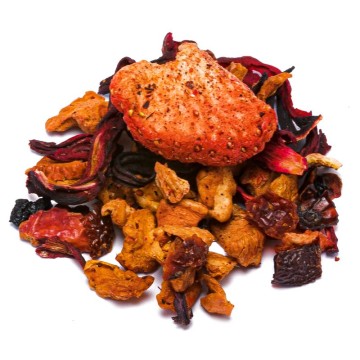
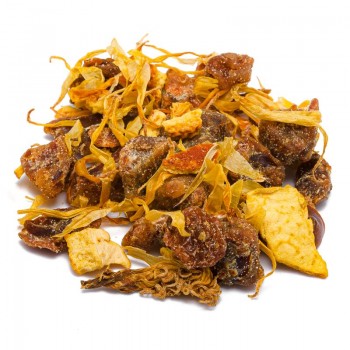
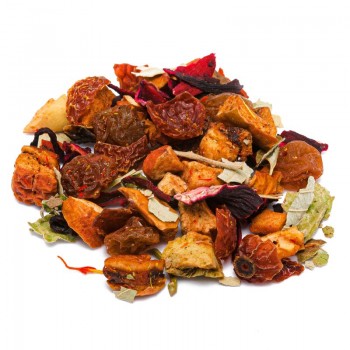
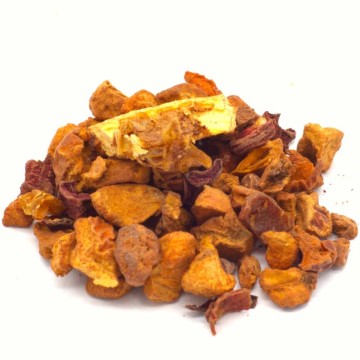

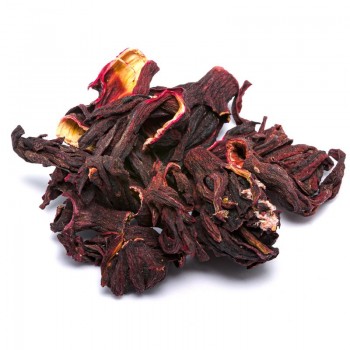
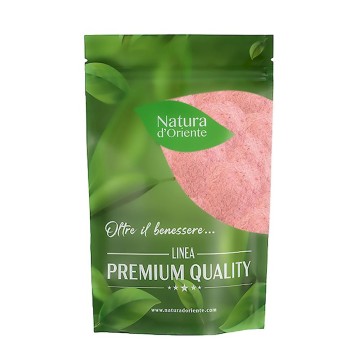
![infuso pesca e vaniglia [Natura d'Oriente]](https://www.naturadoriente.com/3538-home_default/infused-peach-vanilla.jpg)
